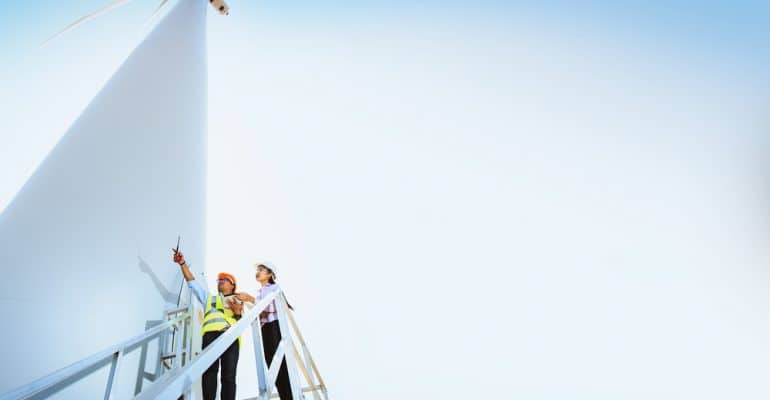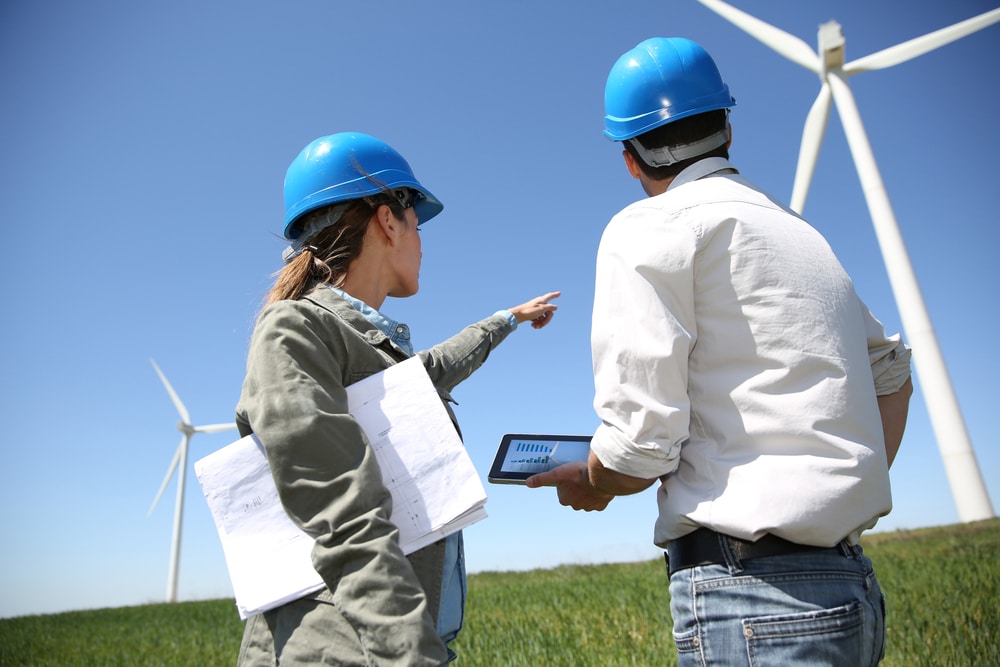As the world grapples with the pressing challenges of climate change and the need for sustainable energy sources, wind energy emerges as a frontrunner in the race for cleaner alternatives. This form of energy harnesses the natural power of the wind, transforming it into electricity that can light homes and power industries. Wind energy offers numerous advantages, making it a viable solution for renewable energy. With advancements in technology and infrastructure, wind energy is becoming more accessible and competitive in today’s energy market. For those interested in contributing to the growth of this critical field, pursuing a Bachelor’s Degree in Alternative and Renewable Energy Management can provide the knowledge and skills needed to drive innovation and sustainability in the energy sector.
“There is enough energy for people to reap from the wind to meet all of the world’s power demands without radically altering the planet’s climate” – Inside Science
What is Wind Energy?
Wind energy is a form of power generated by converting the kinetic energy produced by wind turbine blades into electricity. As a renewable energy source, it naturally replenishes without depleting finite global resources. The Everglades University Sarasota campus features a wind turbine, demonstrating a strong commitment to renewable energy and sustainability. Typically installed onshore or offshore in wind farms, wind turbines capture energy from wind flow to power our future.
Renewable Nature of Wind Energy
Since wind is generated by the heating and cooling of the atmosphere, the rotation of the Earth, and the planet’s surface irregularities. This form of energy does not deplete any natural resources, distinguishing wind power from non-renewable energy sources that can be exhausted over time. Technological advancements continue to enhance the efficiency of wind turbines, the structures that convert wind speed into electricity.
Wind industry growth fosters energy independence and diversification of energy sources. Offshore and onshore wind farms exhibit a synergy with other renewable energy sources, such as solar energy, allowing for a more sustainable energy mix.
Harnessing wind power is set to play an integral part in the global shift towards clean energy and can ensure a sustainable and secure source of energy for future generations.
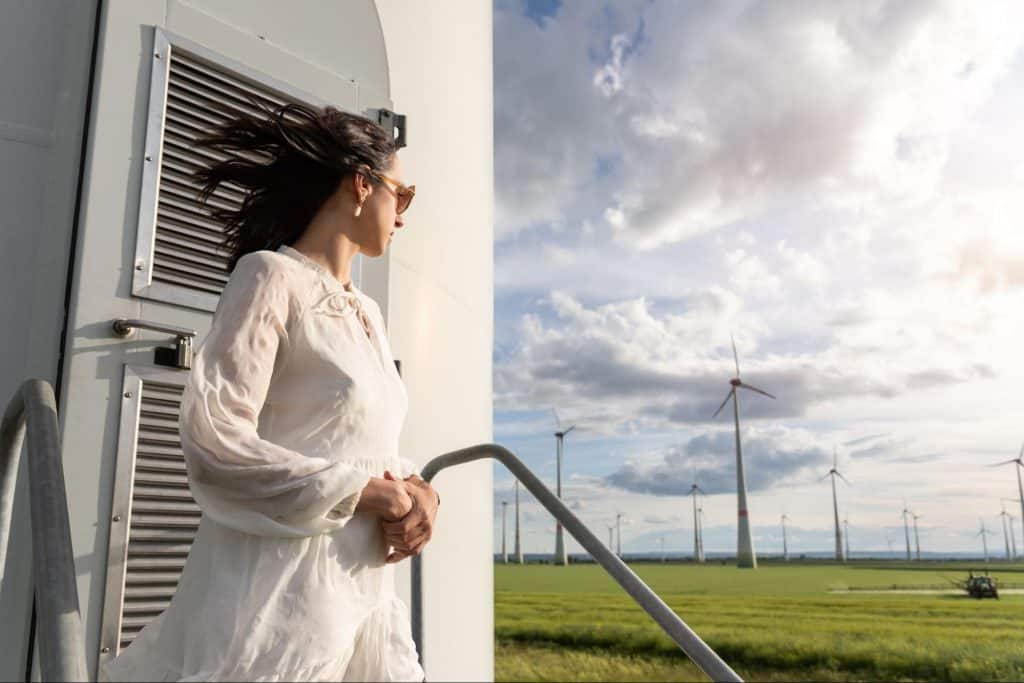
Applications of Wind Energy
Wind energy has a wide range of applications, making it a versatile and valuable resource in the shift toward sustainable practices.
- Electricity Generation: Wind turbines convert kinetic energy into mechanical power, transforming it into electricity that can power grids or be used in standalone applications.
- Grid Supplementation: Wind energy enhances existing power grids, reducing reliance on fossil fuels and cutting greenhouse gas emissions.
- Industrial Integration: Wind energy is increasingly being used in industrial processes to lower operating costs.
- Experimental Transportation: Wind energy is being explored as a clean power source for electric vehicle charging stations.
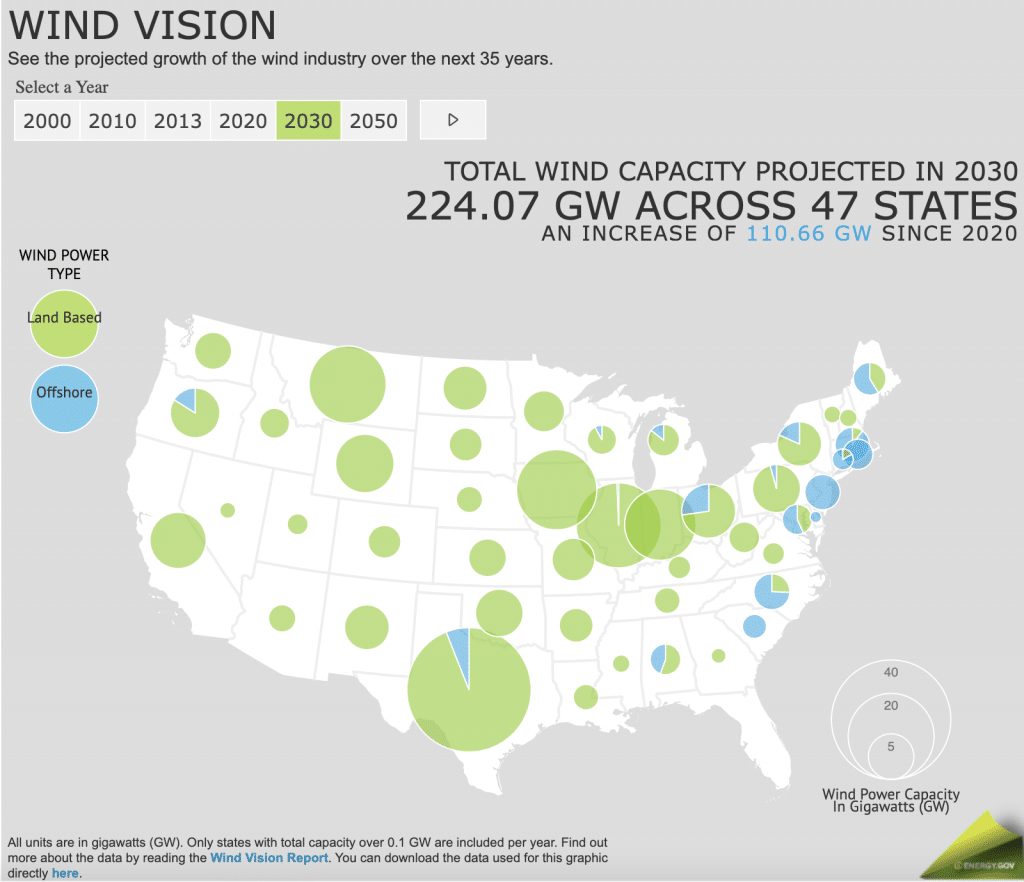
Image Credit: Energy.gov
Let’s look at the top advantages of wind energy that can be used today.
Reduced Carbon Emissions
Wind energy stands out as a prominent renewable energy source that offers a range of benefits. These factors drive the growth of wind farms both onshore and offshore, contributing to the global shift toward sustainable energy solutions. In 2023, electricity generated from wind turbines avoided 348 million metric tons of CO2 emissions.
Cost Competitiveness
While wind energy initially required significant upfront investment, especially for offshore installations, technological advancements have made wind turbines more efficient. These improvements, combined with advancements in energy storage technology, have made wind energy increasingly cost-competitive.
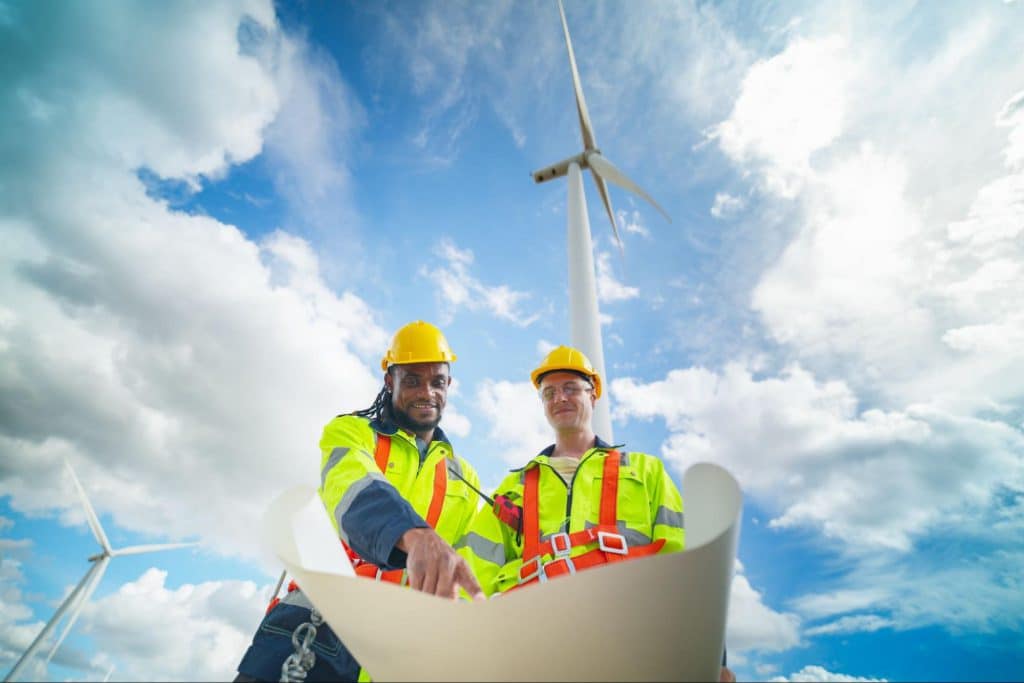
Economic Benefits
The wind industry has become a catalyst for economic growth, offering various benefits that extend beyond the direct production of electricity.
The development of wind farms and related infrastructure is a significant driver of job creation across various sectors. According to the U.S. Department of Energy, the wind industry employs over 125,000 people across all 50 states, ranging from manufacturing and installation to maintenance and operations. Wind has the potential to support more than 600,000 jobs by 2050
The distribution of wind farms across different geographical regions diversifies the economy and plays a vital role in revitalizing rural areas. Local communities can significantly benefit from the tax income generated by these wind energy projects, which can be reinvested in essential public services like schools and infrastructure improvements.
Additionally, due to their extensive scale, offshore wind energy projects can have an even more substantial impact on local economies, particularly in coastal regions. These projects create numerous job opportunities and attract investment, fostering economic development.
U.S. tax incentives, such as the Renewable Energy Production Tax Credit (PTC), further encourage the growth of renewable energy sectors, including wind energy. These credits reduce the overall cost of renewable energy projects, making them more financially viable and contributing to the economic benefits seen in local communities.
Discover how you can be part of the future of clean energy. Learn how Everglades University is preparing the next generation of leaders in renewable energy through our Bachelor’s Degree in Renewable Energy. Explore your opportunities today!
Public Health Benefits
Wind energy is crucial in lowering harmful air pollutants, such as sulfur dioxide and nitrogen oxides, which are byproducts of burning fossil fuels. These reductions lead to cleaner air and fewer respiratory problems, including asthma. In 2018, this decrease in pollution resulted in an estimated $9.4 billion in public health savings by minimizing the need for treatments and medications for lung-related illnesses.
Energy Access To Developing & Isolated Areas
Wind farms, areas where wind turbines are located, are excellent in providing energy to remote or isolated areas which is enormously advantageous to developing countries, those who reside in the mountain/countryside, and all others who live “off the grid.”
A Water-Saving Solution
Unlike fossil fuel power plants, which withdraw significant amounts of water for cooling and steam processes, wind energy consumes virtually no water during electricity generation. This makes it an ideal solution in regions facing water scarcity due to drought or over-pumped aquifers. For example, wind energy installations in the Interior West alone saved up to 10.5 billion gallons of water annually, highlighting the role of wind energy in addressing the growing global water crisis.
Minimal Environmental Footprint
Once installed, wind turbines have a minimal environmental impact. They do not release pollutants that contribute to climate change, making them a sustainable energy choice. Technological advancements, including improvements in turbine design and energy storage technology, continue to reduce wind energy’s ecological footprint.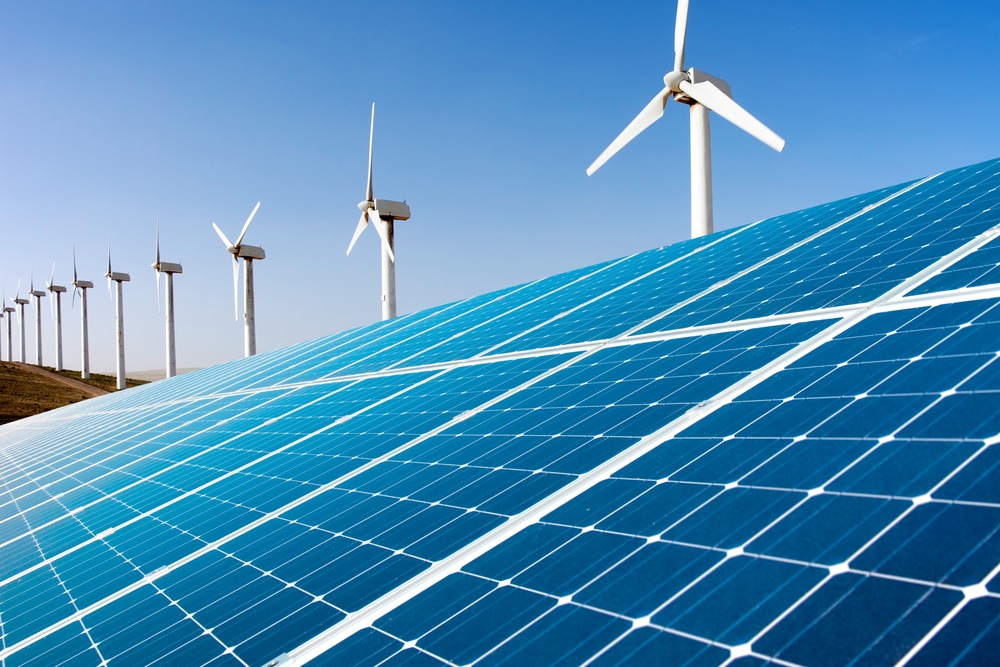
Challenges in Wind Energy Adoption
While wind energy presents numerous advantages as a clean and renewable energy source, various challenges can hinder its widespread adoption. Factors such as location dependency, technological limitations, and varying wind speeds can affect the consistent generation of wind power. Additionally, wind turbines need to be situated in areas with sufficient wind, which may not always be close to the populations that need the electricity, raising logistical and infrastructure challenges.
Challenges in the wind industry stem from technical and financial aspects and the requirement to balance energy development with environmental and social considerations.
Wildlife Concerns
One of the environmental challenges associated with wind energy is its potential impact on wildlife, particularly birds and bats. Turbines can lead to habitat loss for these species, and the spinning wind turbine blades pose a threat of collision, which can result in mortality.
There are also considerations regarding the visual and noise impact of wind turbines on local communities, known as ‘noise pollution,’ which can lead to opposition against new wind farms. Offshore wind farms also have the potential to affect marine life due to the noise and vibrations from construction and operation. Understandably, these concerns necessitate careful planning and environmental assessments before wind farm projects can proceed. Strategies like situating wind turbines away from migration paths or employing technology to deter wildlife from turbine areas are critical in mitigating these impacts.
The Future of Wind Energy
The future of wind energy is promising, guided by ongoing technological progress and growing awareness of renewable energy’s benefits. Wind power is anticipated to continue to play a pivotal role in the global shift towards clean, renewable energy sources. This is particularly pertinent as nations strive to reduce greenhouse gas emissions and limit their environmental impact.
Energy storage technology enhancement is expected to benefit the expansion of the wind industry. These developments are critical for addressing one of the challenges of wind energy—its intermittent nature. By improving the storage and distribution of the energy generated, wind power can become more reliable and consistent, aligning with electricity consumption patterns.
Innovations and Technological Advancements
Innovation within the wind industry is centered on increasing the efficiency, capacity, and reliability of wind turbines. Technological advancements have led to the production of larger wind turbine blades and the development of turbines capable of operating at lower wind speeds. This has allowed for greater kinetic energy capture and made wind power feasible in areas with less intense wind conditions.
Offshore wind farms, in particular, represent a significant advancement in wind energy. Compared to onshore sites, offshore wind turbines benefit from higher and more consistent wind speeds at sea. Advancements in offshore wind energy include floating wind turbines, which can be situated in deeper waters and harness wind from untapped locations.
Research into materials and design is also ongoing. It aims to create lighter, stronger, and more aerodynamic blades, reducing noise pollution and enhancing energy yield. Efforts to integrate wind power with smart grid technology and improve energy storage, such as battery innovation, are also underway, solving intermittency challenges.
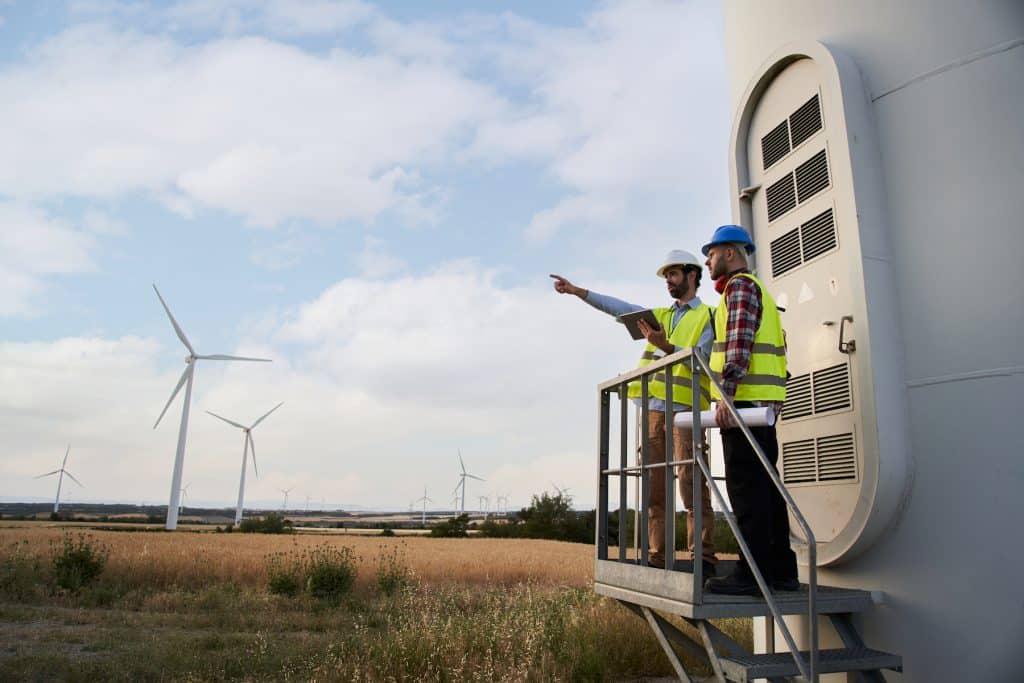
How Everglades University Can Help
Despite its disadvantages, the industry continuously seeks solutions through improved designs and site selection. Wind energy’s advantages emphasize its role in a diverse energy portfolio, alongside solar panels and other renewable sources, to meet the growing global energy demand sustainably.
Ready to take the next step in shaping a sustainable future? Explore the Bachelor of Science in Alternative and Renewable Energy Management at Everglades University and learn how you can be at the forefront of the clean energy revolution. This program helps students with the knowledge and skills to manage and innovate within the renewable energy sector, preparing them for a dynamic career in sustainability. Enroll today and take the path toward a greener future.
Classes include:
- Energy Policy
- Solar Energy and Photovoltaics
- Alternative Energy Equipment
- Energy and the Environment
- Managing an Alternative Energy Project



